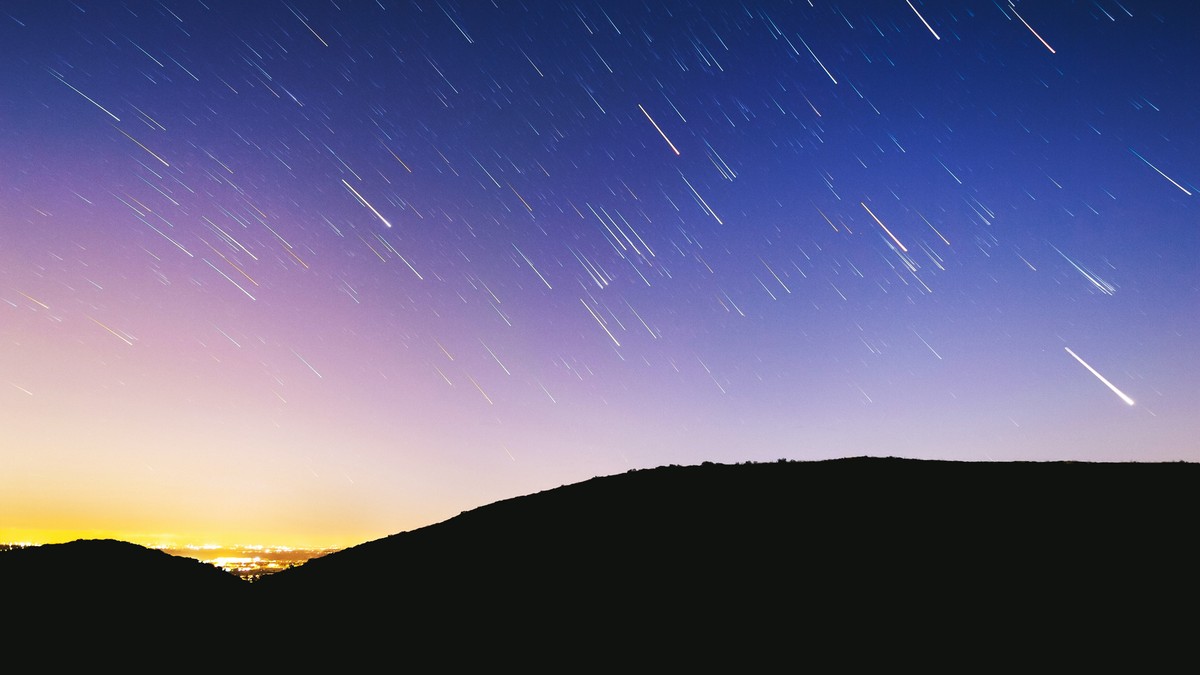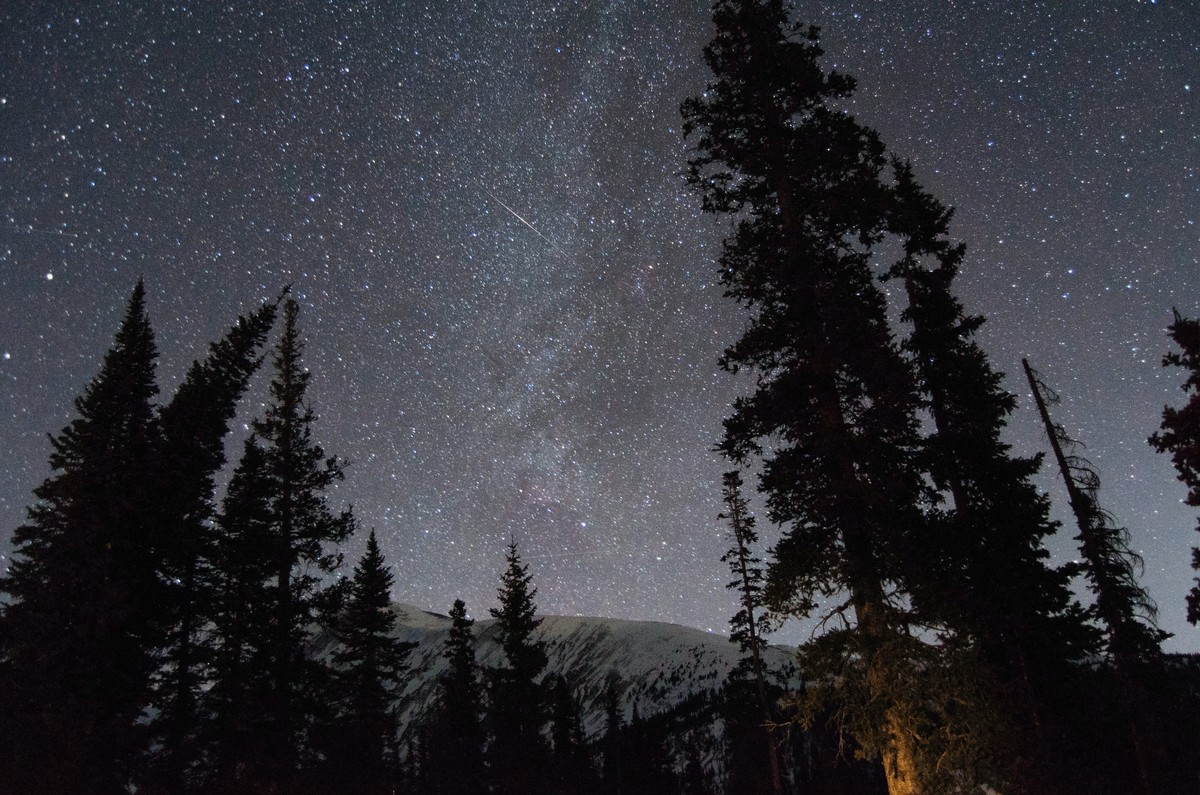How to watch Lyrids Meteor Shower without leaving you home?

Prepare to note down the dates for celestial treats in 2023! As International Dark Sky Week approaches from April 15th to 22nd, it's an ideal opportunity to cherish the night sky and utilize the new moon for star-gazing.
Meteors, commonly known as shooting stars, are tiny fragments of debris that combust upon entering Earth's atmosphere. And the most mesmerizing of these is the Lyrids Meteor Shower, which will create a visual feast in the sky with 20 meteors per hour on April 22.
Protect your computer with NordVPN.
Detect malware during downloads and block trackers and intrusive ads. Stay safe online with the leading VPN service.
Try NordVPN today
City lights can be a bit of a distraction on this special day, as you need a dark environment to observe events like the Lyrids Meteor Shower. If you don't have time to get away from the city, you can only watch the show online and sometimes you may have problems accessing the sites. Fortunately, VPNs can help you with this.
How to stream Lyrids Meteor Shower from your home?
Several websites and organizations offer live streaming of meteor showers, including NASA, Slooh, and the Virtual Telescope Project. Check their websites or social media channels for any scheduled live streams of the Lyrids Meteor Shower.
Note down the date and time of the peak of the Lyrids Meteor Shower and the corresponding live stream. Setting a reminder on your phone or calendar can help ensure you don't miss the event.

What is Lyrids Meteor Shower?
The Lyrids Meteor Shower is an annual meteor shower that typically occurs between April 16th and 25th. It is named after the constellation Lyra, as the meteors appear to radiate from a point near this constellation.
The Lyrids are caused by debris from Comet C/1861 G1 Thatcher, and they are one of the oldest known meteor showers, with recorded observations dating back more than 2,500 years. During its peak, observers can expect to see about 10 to 20 meteors per hour, though occasionally, the Lyrids can produce surges of up to 100 meteors per hour.
Up for a trip?
Finding a dark location away from urban glare is crucial for an enjoyable stargazing experience. Prime spots include Henry W. Coe State Park in South Bay, Skyline Boulevard in Oakland, and Mount Tamalpais and Point Reyes in Marin County, which all offer optimal conditions.
National parks such as Pinnacles National Park, Death Valley, and Yosemite provide even less light pollution for an unobstructed view. Participating in a complimentary telescope session at Chabot Space and Science Center in Oakland or becoming a member of an astronomy club can further enrich the experience.
Disclaimer: Some of the links added in the article are part of affiliate campaigns and may represent benefits for Ghacks.
Advertisement



















